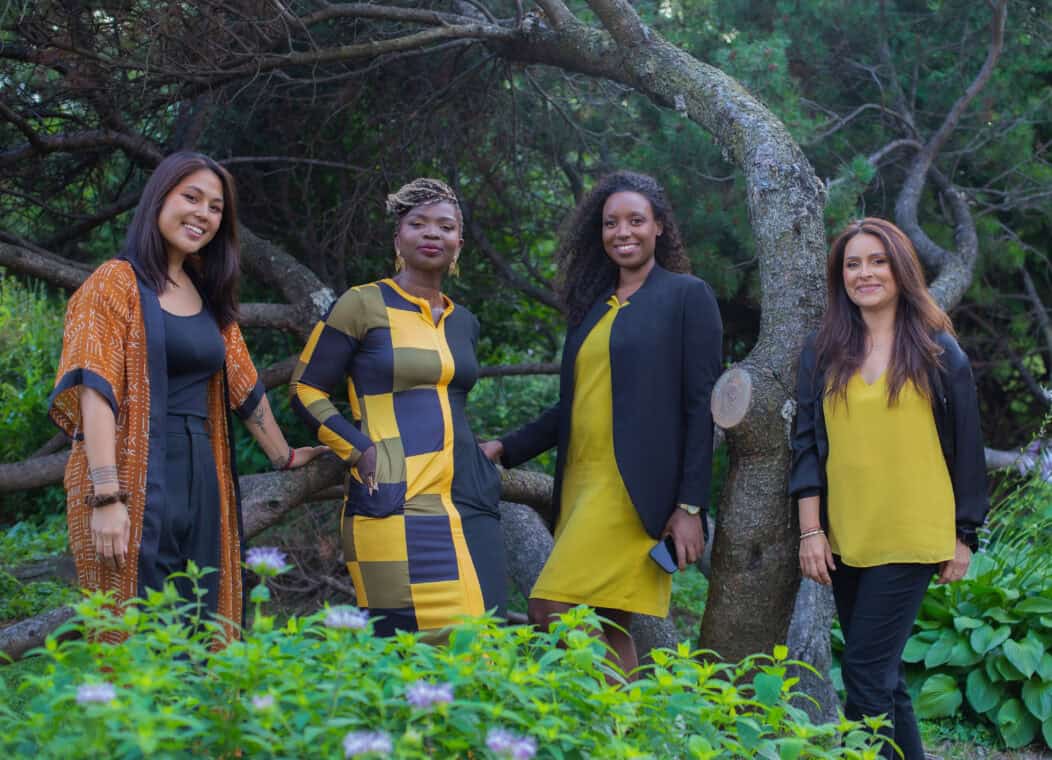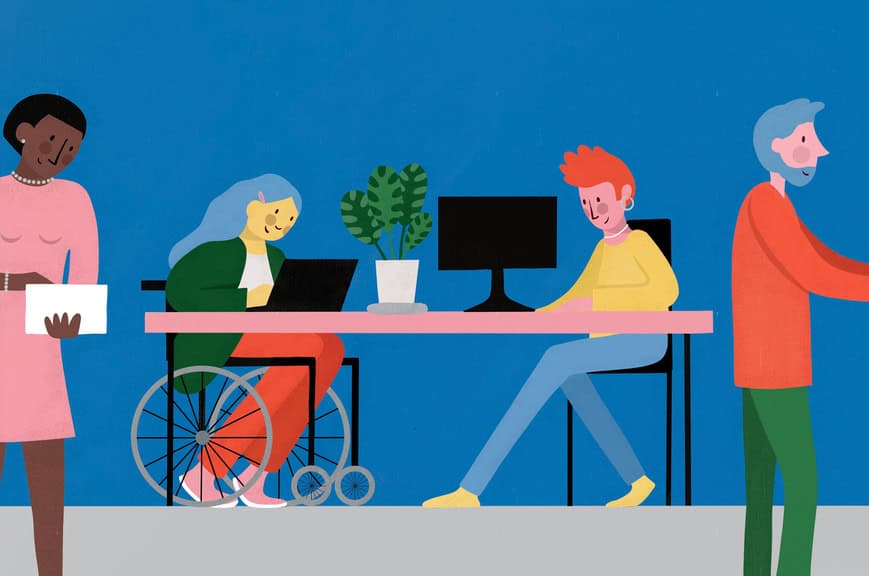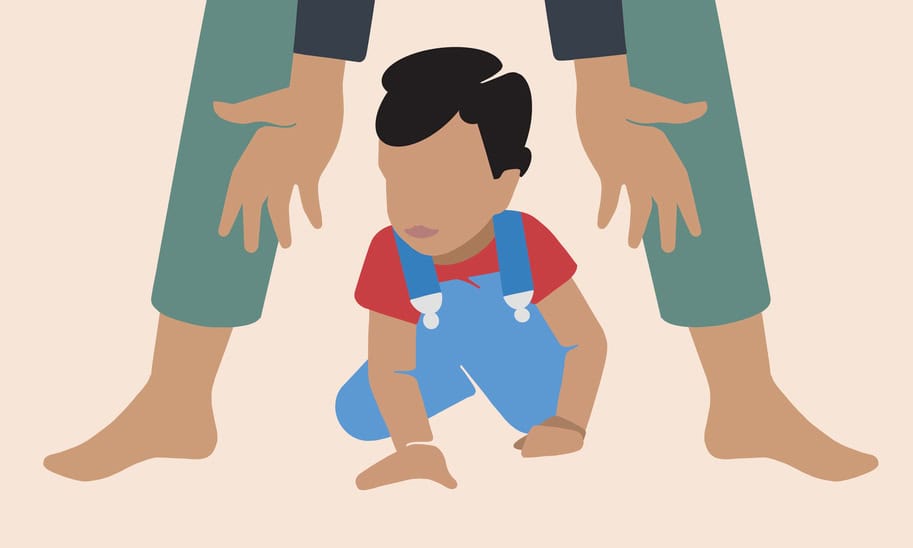How one foundation is using Black community members’ expertise to improve charitable programs
The Foundation for Black Communities is encouraging philanthropy leaders to give more control to the communities they are trying to serve. Board co-chair Marlene Jennings says the sector needs to recognize the role it has played in underfunding Black communities, grant communities the money they need, and trust them to handle it.







